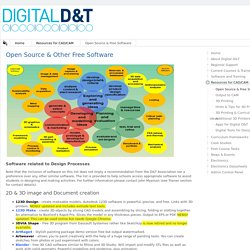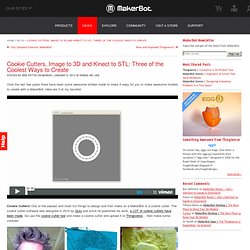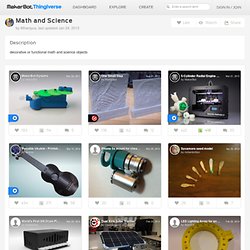

Lic - LEGO Instruction Creator - create your own instruction books from your virtual LEGO models. Lic is a cross-platform, Python, OpenGL & Qt powered desktop application for creating and editing LEGO instruction books.

Lic imports 3D models, organizes them into submodels, pages & steps, and exports the end result as images or PDF. Highlights: A rich, WYSIWYG UI editor, which provides a fully interactive preview window along side a drag & drop-enabled navigation tree, to help organize and layout your book. Automatically divide your model into steps. Add a list of parts needed for each step, and auto-layout multiple steps per page for a best fit. So far, Lic can import any LDraw model, but its dynamic importer makes it easy to add an importer for any 3D file type, and create instructions for that model.
When you're done, Lic can export a final instruction book as a series of images or as a high resolution PDF. Lic is currently in a late alpha stage, and is improving very quickly. Open Source & Other Free Software. Software related to Design Processes Note that the inclusion of software on this list does not imply a recommendation from the D&T Association nor a preference over any other similar software.

The list is provided to help schools access appropriate software to assist students in designing and making activities. For further information please contact John Myerson (see Trainer section for contact details). 2D & 3D image and Document creation. OpenSCAD - The Programmers Solid 3D CAD Modeller.
MAKER CAMP PROJECT: Sneaky Milk Plastic! Using a 3D printer to print your own… Cookie Cutters, Image to 3D and Kinect to STL: Three of the Coolest Ways to Create. EmailShare 7EmailShare Over the last few years there have been some awesome strides made to make it easy for you to make awesome models to create with a MakerBot.

Here are 3 of my favorite! Cookie Cutters! One of the easiest and most fun things to design and then make on a MakerBot is a cookie cutter. The cookie cutter software was designed in 2010 by Guru and since he published his work, a LOT of cookie cutters have been made. Image to 3D! Kinect to STL! What am I missing? Www.zeroui.com/instructions/zBot_User_Instructions.pdf. 15 Popular Sites Like Thingiverse (Updated: Oct 27th. Thingiverse.
Digital Designs for Physical Objects. By Whampus, last updated Math and Science by Whampus Jan 24, 2013 Description decorative or functional math and science objects View More MakerBot Dynamo by MakerBot Nov 24, 2011 Collection Cover Remove 5-Cylinder Radial Engine Model by MakerBot Mar 21, 2013 Playable Ukulele - Printable w/ no Supports by Solstie Mar 10, 2014 iPhone 5s mount for cheap 60x loupe by jsc Mar 26, 2014 World's First Slit Drum Piano!

LED Lighting Array for an Sieg Super X3 Spindle by Adel314 Feb 26, 2014 OpenFuge by CopabX Sep 15, 2013 Open Source Orbital Shaker by jmil Dec 5, 2010. Software to Construct Everything with Legos. 01.07.13 - SUMMER SERIES (1) A Masters student has developed an algorithm that automatically translates a three-dimensional representation into Lego pieces.

If you remain a big kid at heart or, more practically speaking, if you enjoy architectural challenges, an algorithm developed by Romain Testuz should enable all your artistic fantasies through the famous small Lego pieces. This graduate work has received particular attention since its inception and has now been made public at a conference. The software automatically transforms a three-dimensional image into bricks and simplifies the challenge of construction by proposing a comprehensive plan of the parts to be used on each floor. With it, any shape is possible. Construction: manual After making his own 3D object or finding one on the internet, it is subjected to the software that transforms it.
To overcome structural weaknesses, Romain Testuz, along with his supervisor, Yuliy Schwartzburg, used graph theory. Conference website: 3d printing.